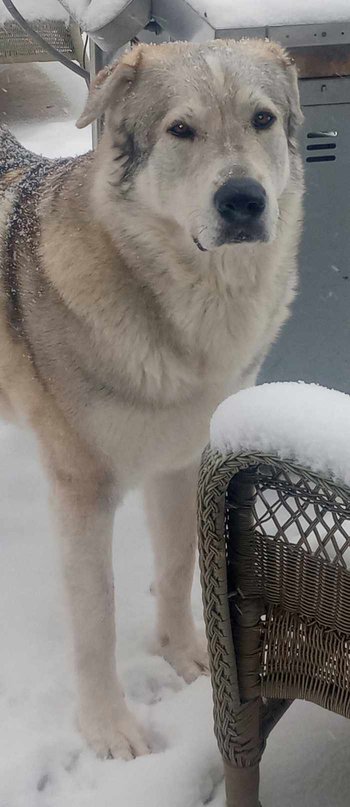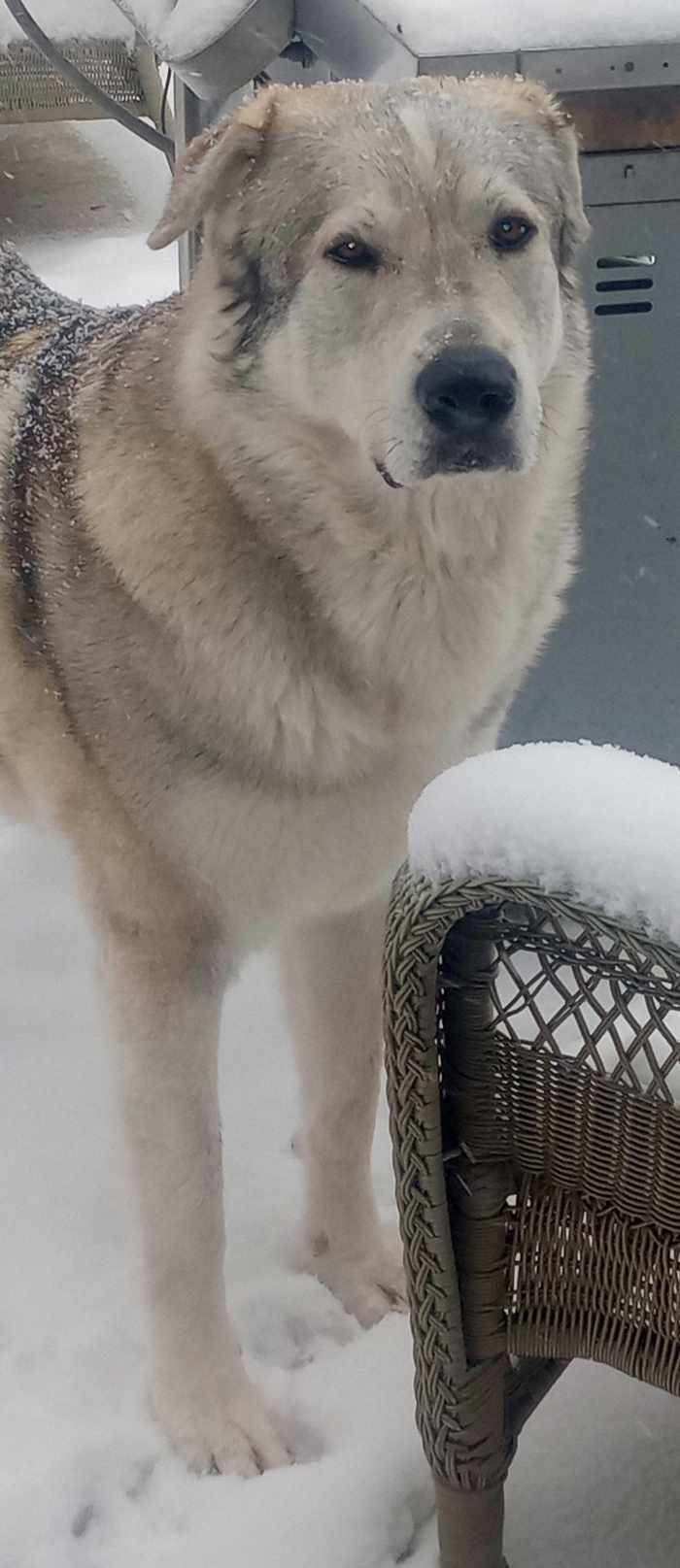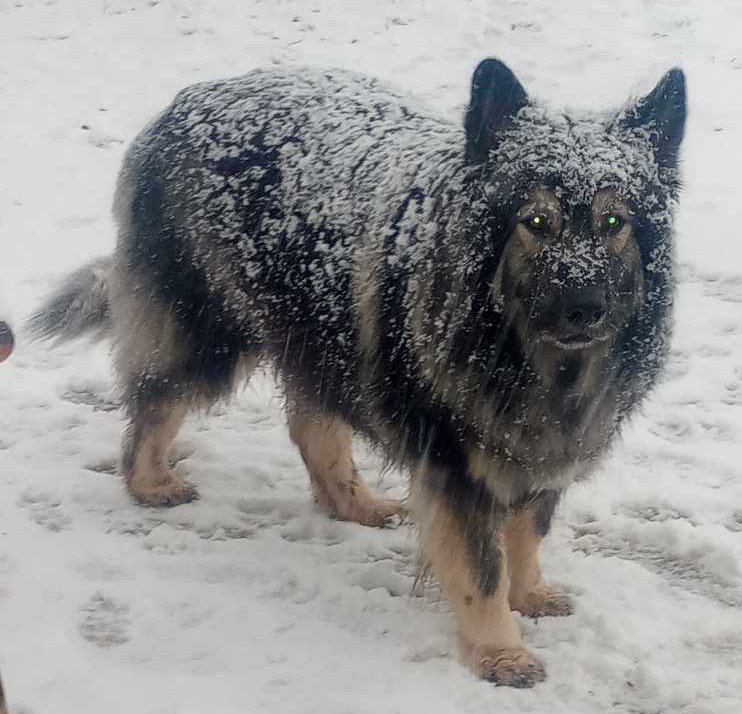How do dogs walk on the snow and ice without freezing?
By Jennifer Stoeckl, MAT - Dire Wolf Project CEO, Jan. 15, 2024
It is the middle of winter and many places around North America are covered in snow and ice.
Yet, millions of dogs, wolves, coyotes, and fox live and play OUTDOORS for hours in all that freezing weather without the need for layers of paw protection. How in the world can that be?
Using high-powered electron microscopes, scientists have discovered new pathways in the canine's biology that work to heat up the blood flow to a dog's extremities during the coldest winter months.
Just like penguins in Antarctica, our canine companions have a counter-current heat exchange system where blood flow traveling from the heart warms the blood coming from the paws/feet by way of numerous small veins that branch out from the animal's main arteries.
Incredibly, dogs (and many other animals) have adapted to winter's frigid icy insulation by warming themselves through their own body's natural heat production.
Not only do canines have a higher temperature than humans, but they also transfer body heat in a different way that is specially adapted for the cold.
Stay warm this winter and give your DireWolf Dog a hug from your inland northwest relatives!
The article below further explains this incredible phenomenon:
https://phys.org/news/2012-01-dogs-ice-paws.html
P.S. It was -11.9 degree Fahrenheit this weekend at Dire Wolf Project headquarters!
Find out how we prepared the dogs for such frigid weather on our latest video.
Jennifer Stoeckl is the co-founder of the Dire Wolf Project, founder of the DireWolf Guardians American Dirus Dog Training Program, and owner/operator of DireWolf Dogs of Vallecito. She lives in the beautiful inland northwest among the Ponderosa pine forests with her pack of American Dirus dogs.

